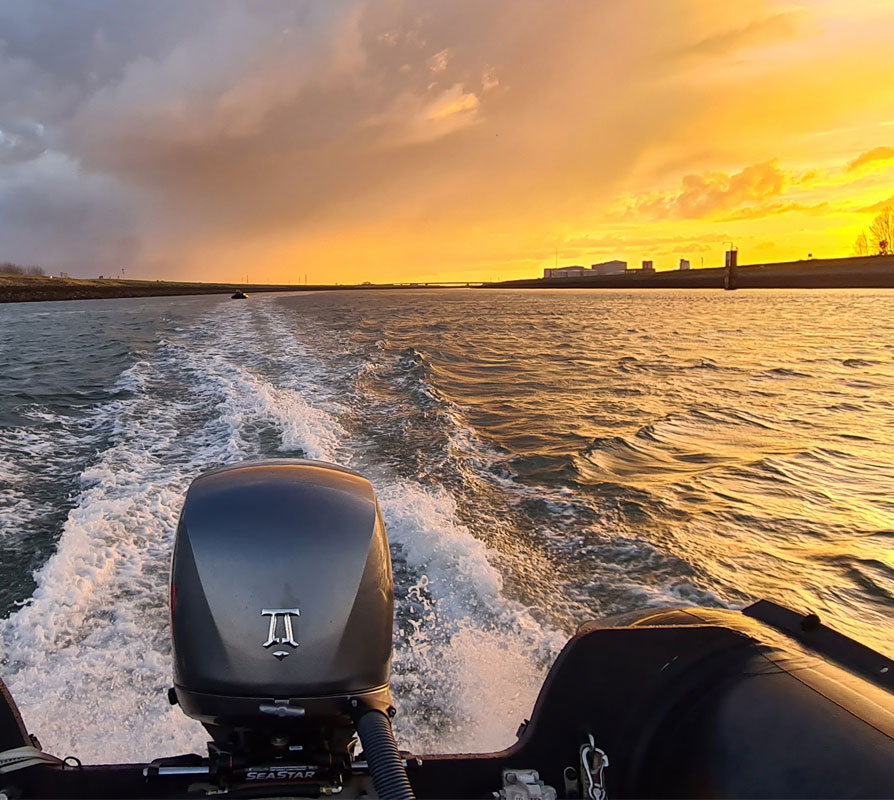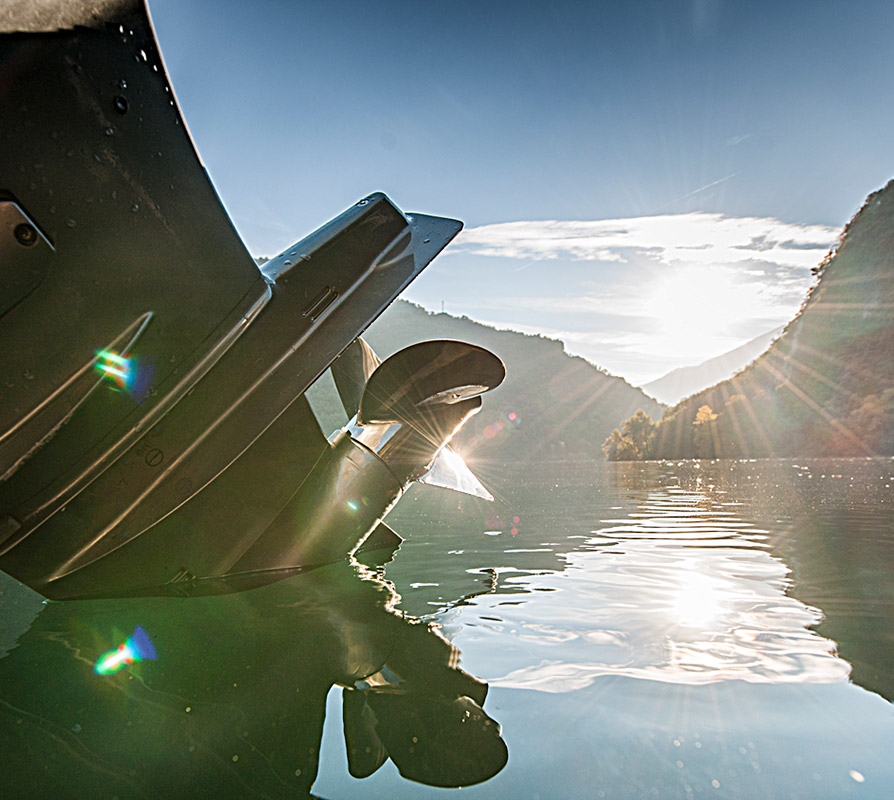TCO
Check our Total Cost of Ownership Calculator
to see how much money you'd save throughout the year
Start TCO Calculator
Dtorque50 Product Training
Order
Our new online shop will go online soon. Until then, please contact us directly via sales@neandermarine.com
Thank you!
Performance up to 90HP
Why Neander
Refined engineering for unrefined environments
The Dtorque has been engineered from scratch, utilising innovative new technologies to deliver optimum performance even in the most challenging environments.
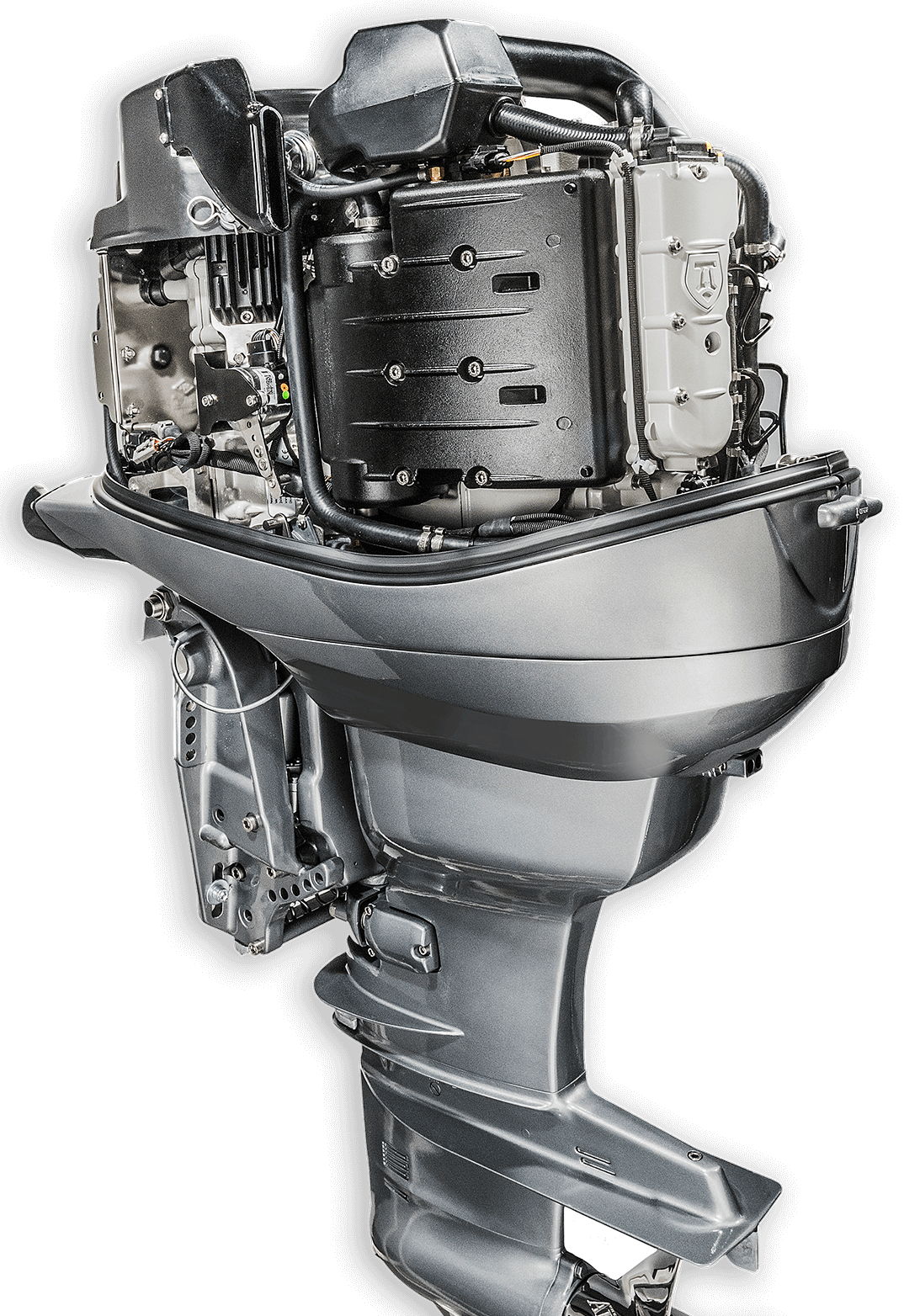
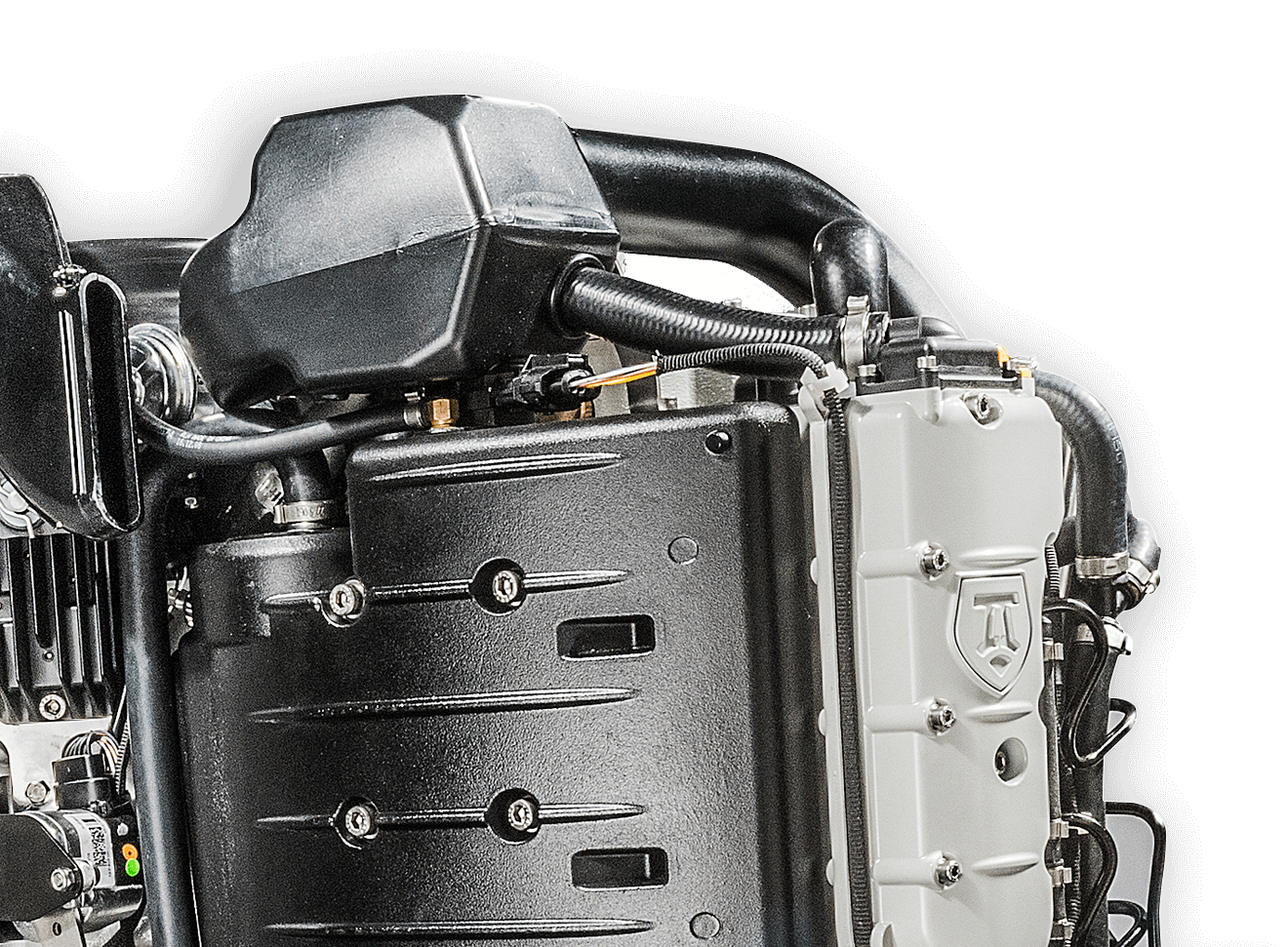
Dual Crankshaft
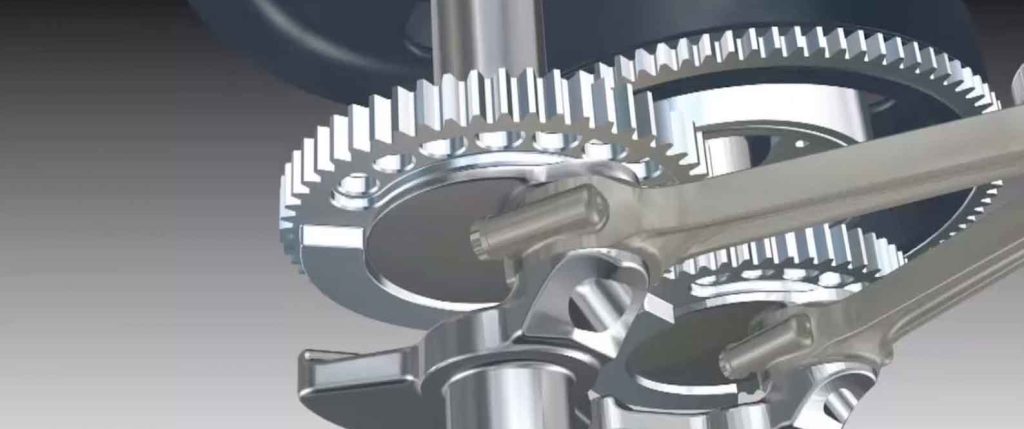
Dual Crankshaft
Secondary out of balance forces cancelled
Very little torque reaction when using the tiller handle
Creates smooth, quiet and stable engine in all operating conditions

Spaceball Design
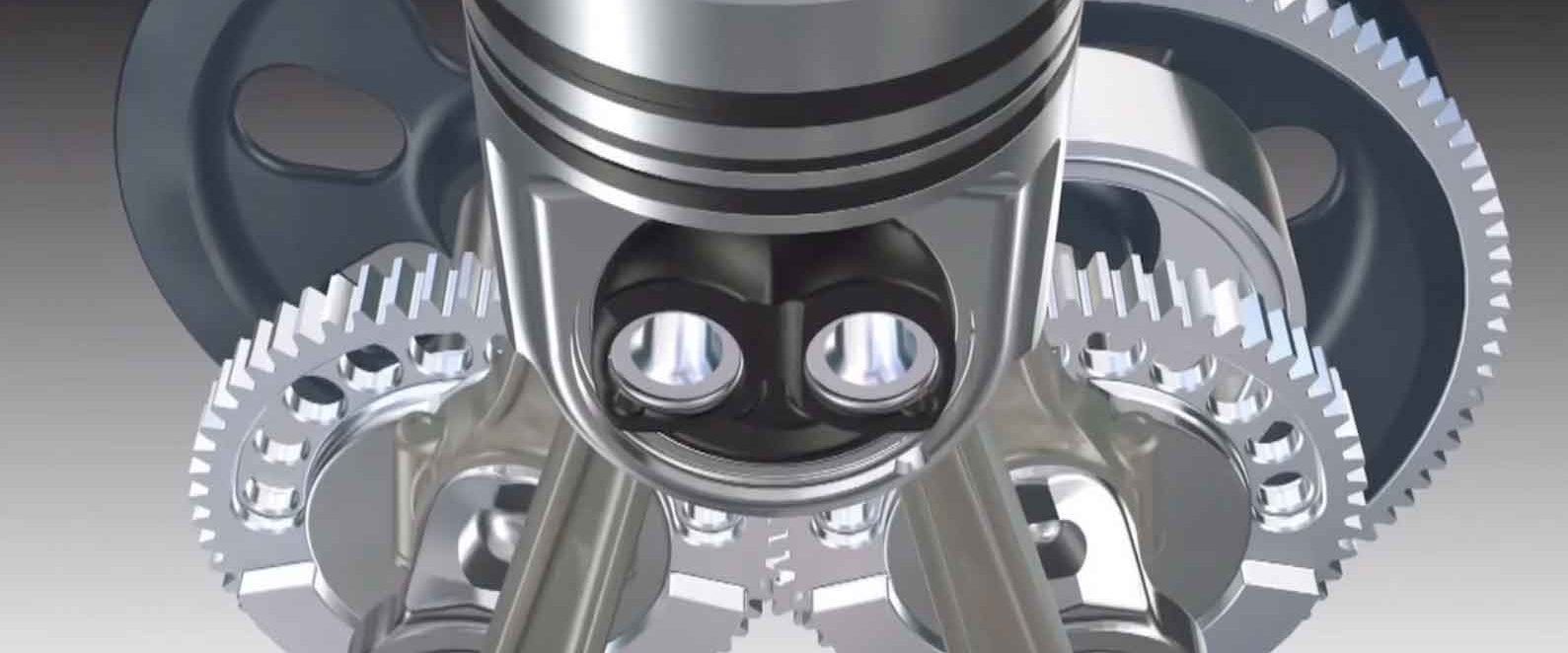
Spaceball Design
Force is equally divided over two connecting rods
Prevents forced tilt of piston in the cylinder
Space-ball can rotate in piston bore
Piston pins can also rotate in space ball bores
Reduces unwanted mechanical effects: friction, sticking, scuffing
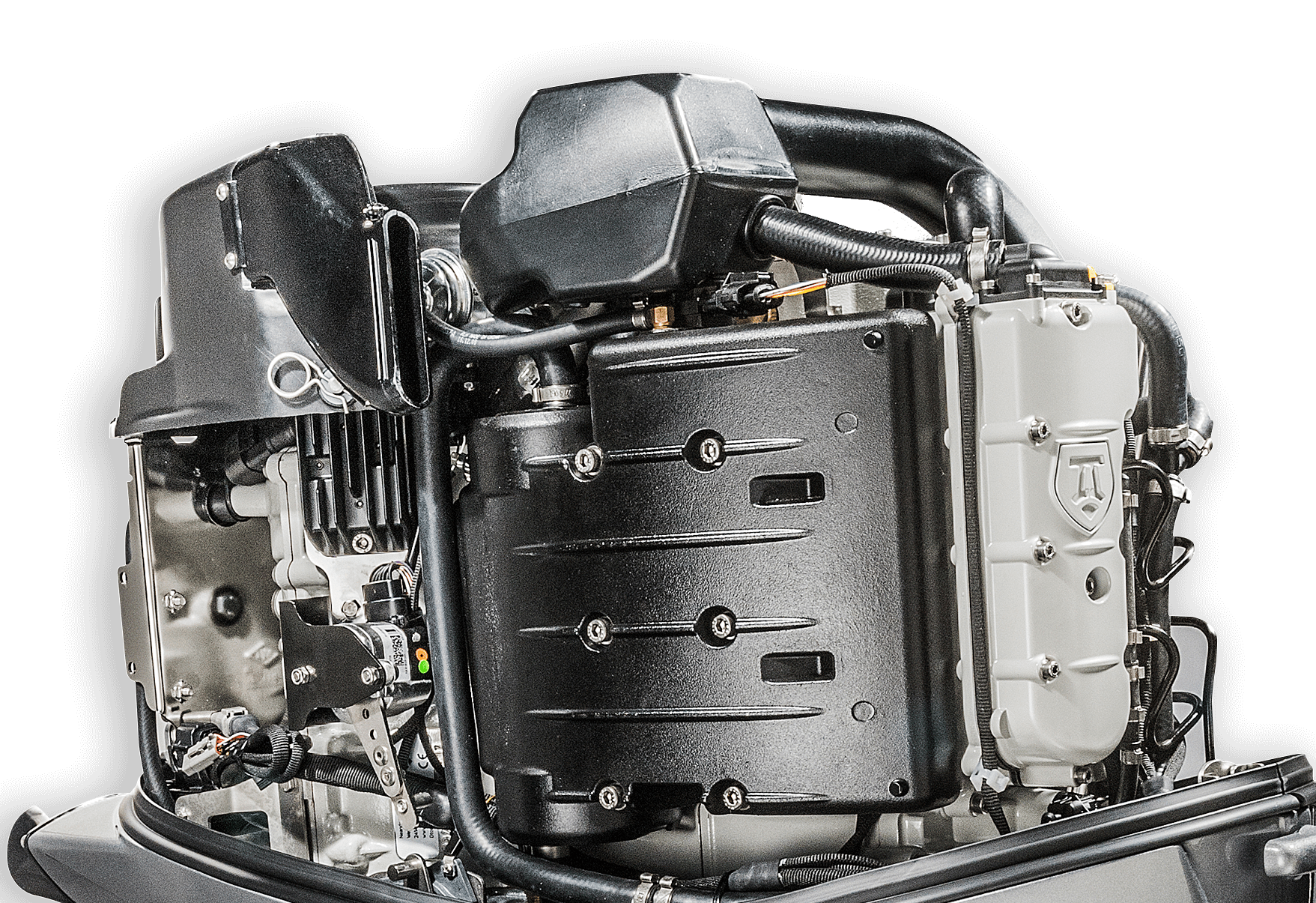
Automatic Thermo-management System
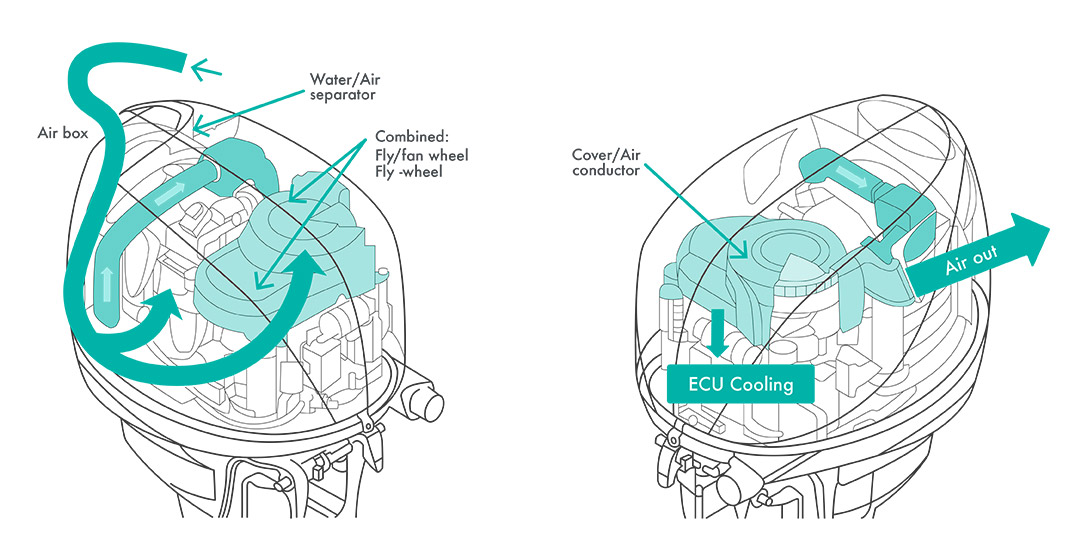
Automatic Thermo-management System
Manages engine temperatures
Reduces risk of overheating
Reduces risk of engine downtime
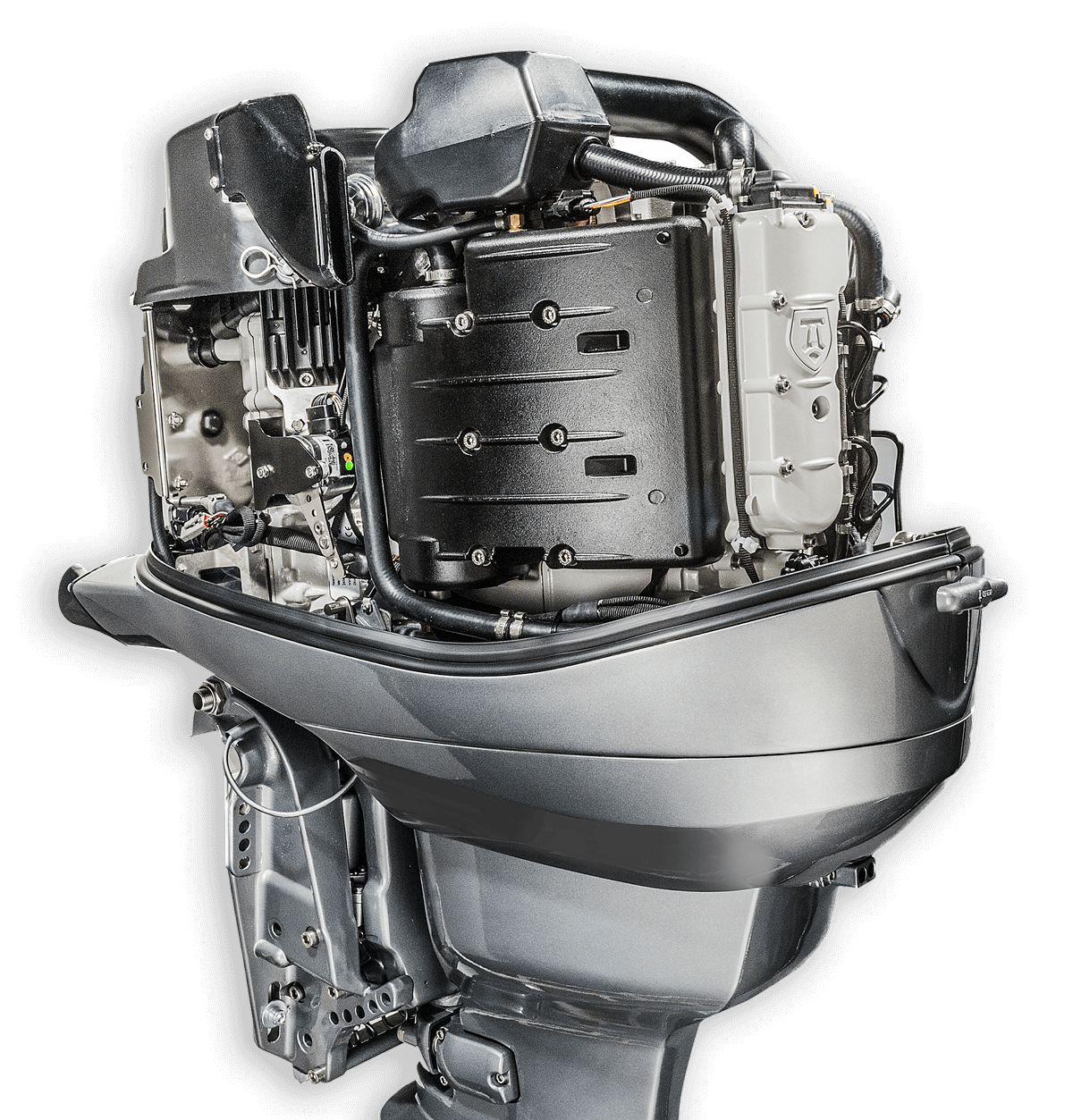
Aluminium Cylinder Block
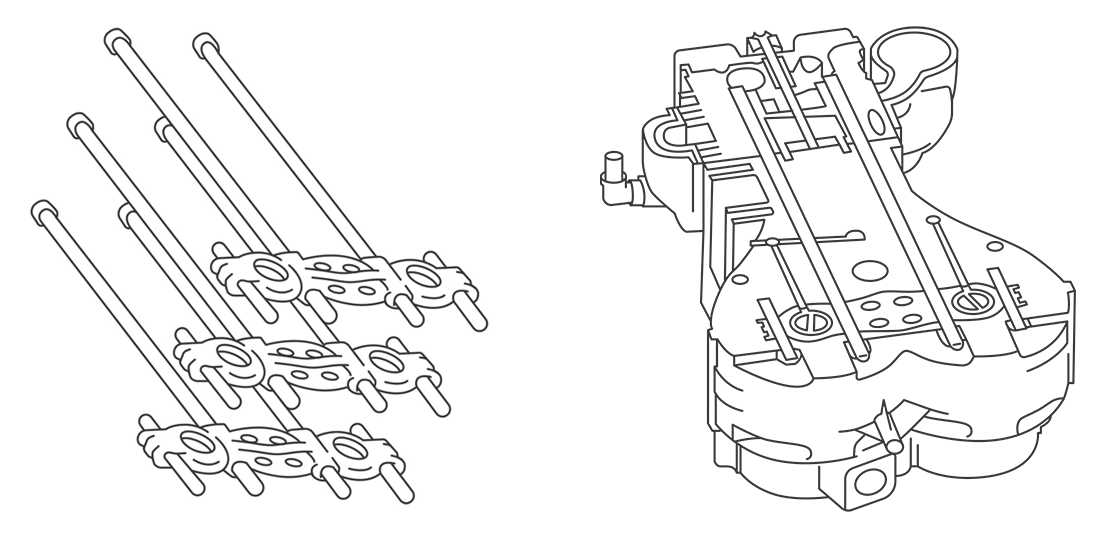
Aluminium Cylinder Block
Aluminium design
Cylinder head, block and bedplate joined by long bolts
Optimises durability of structural components
Pressed in cast liners allow rework
Lightweight and strong
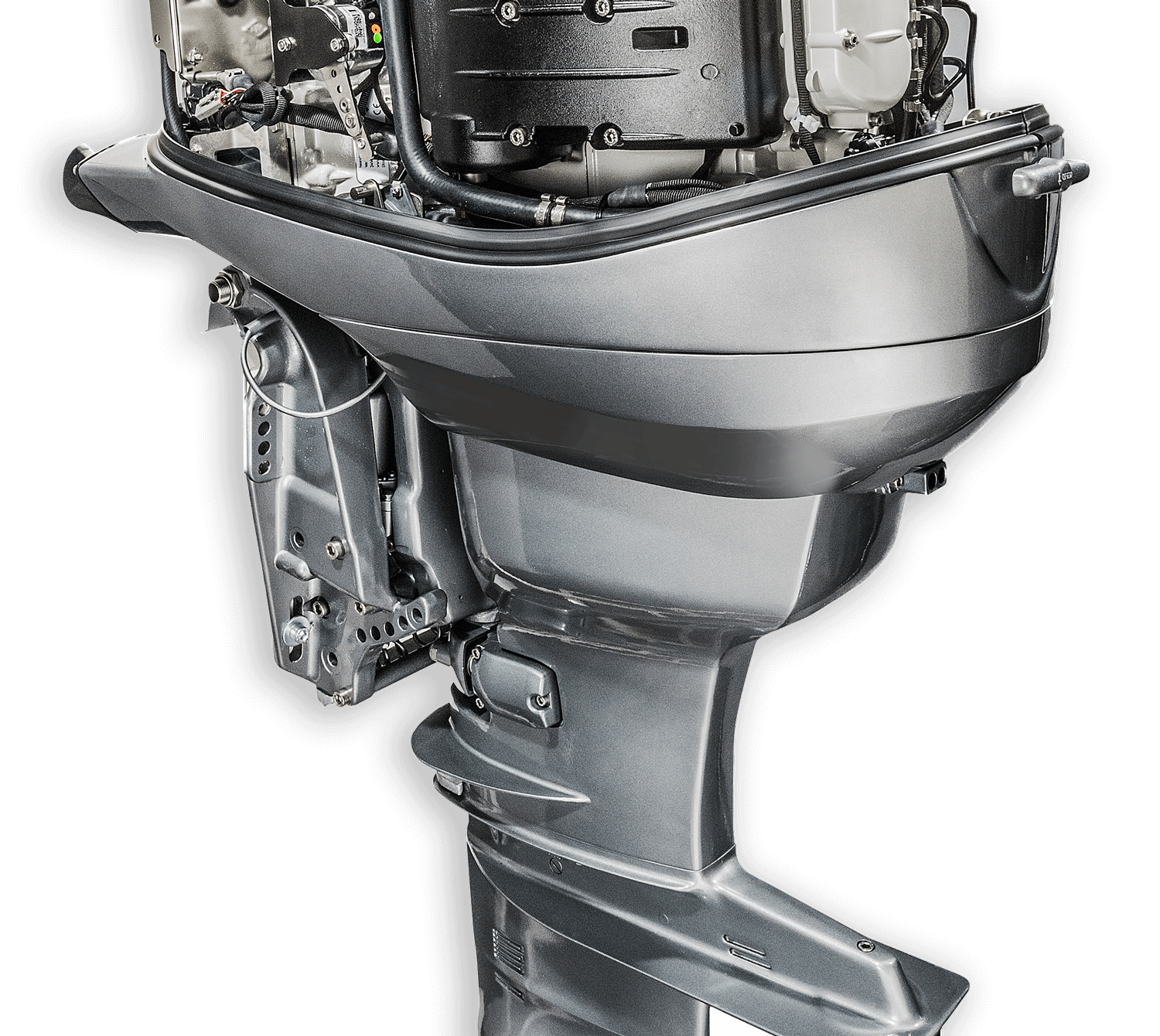
Outboard Cooling System
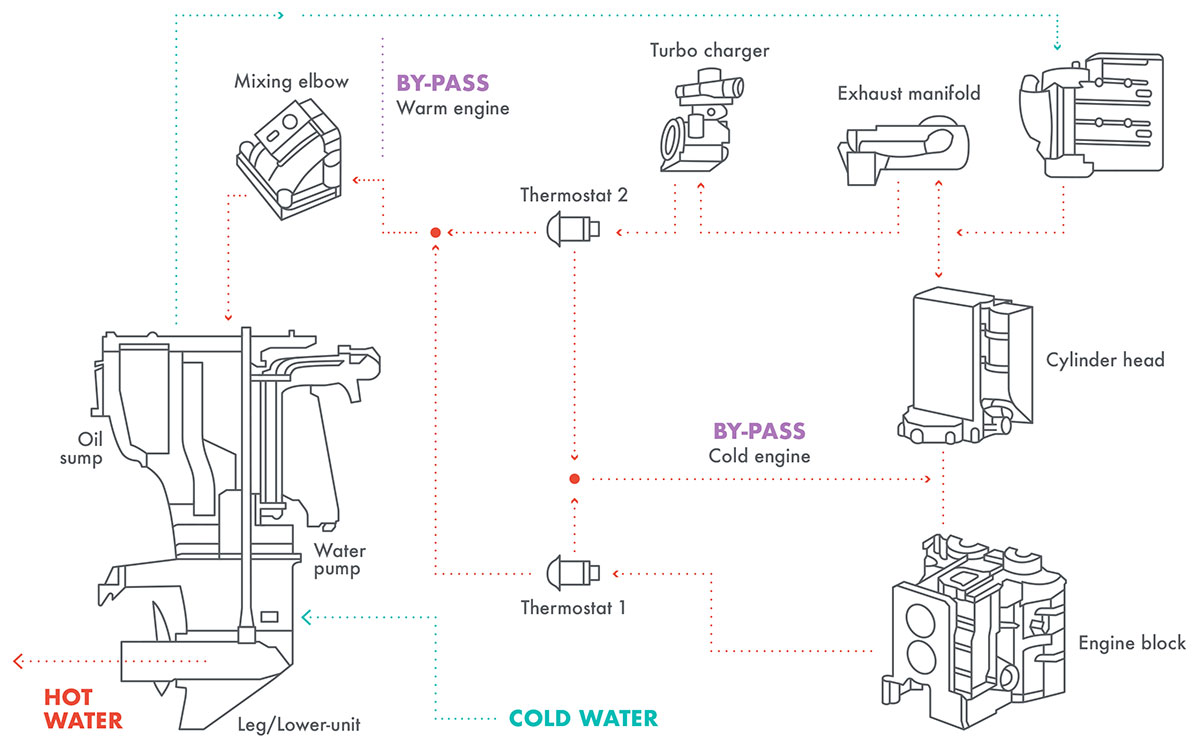
Outboard Cooling System
Raw – water cooling system
ECU controlled fuelling
Optimised oil cooling process
Oil pan internal fins
Oil pan acts as large heat sink
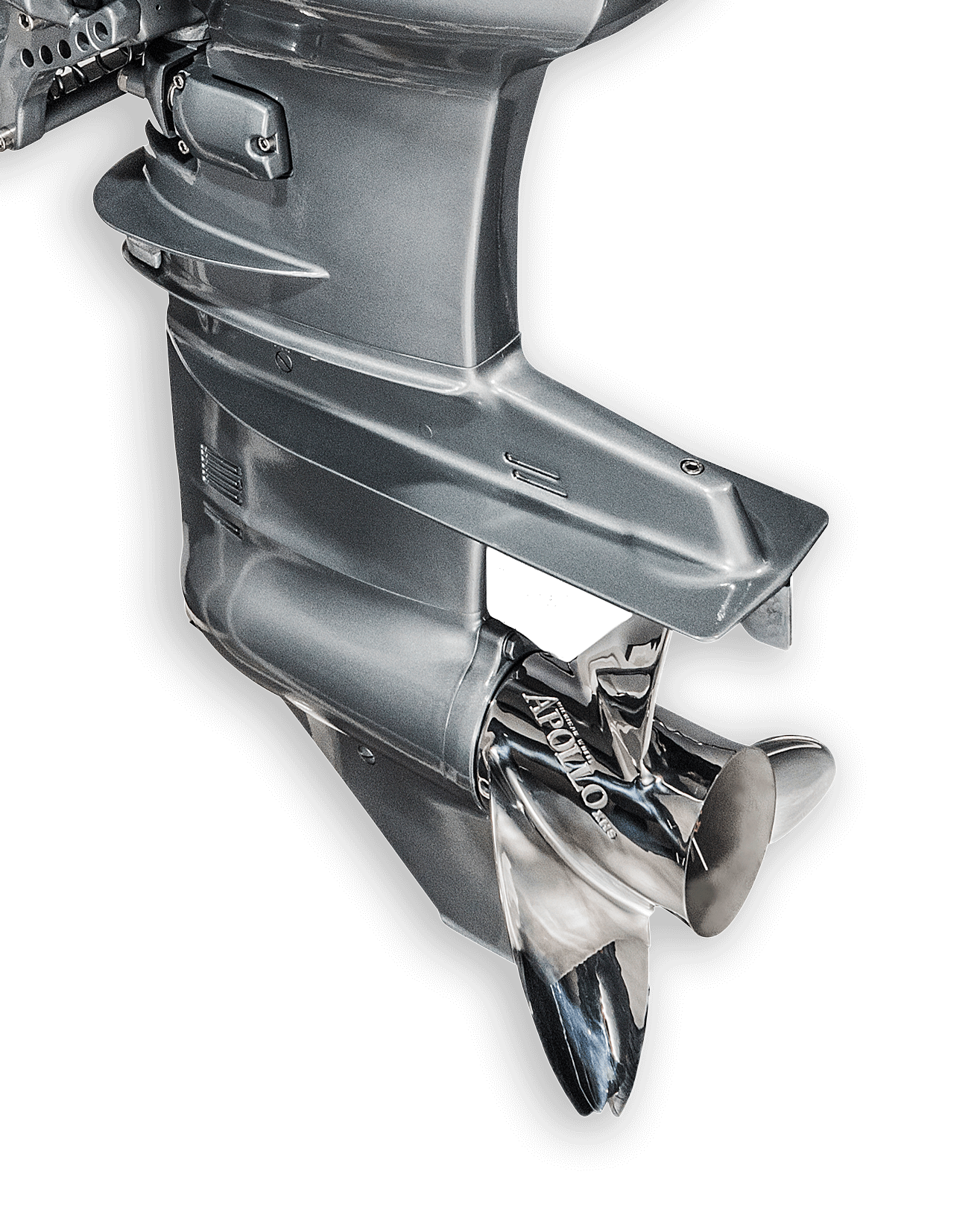
Deep Gear Ratio
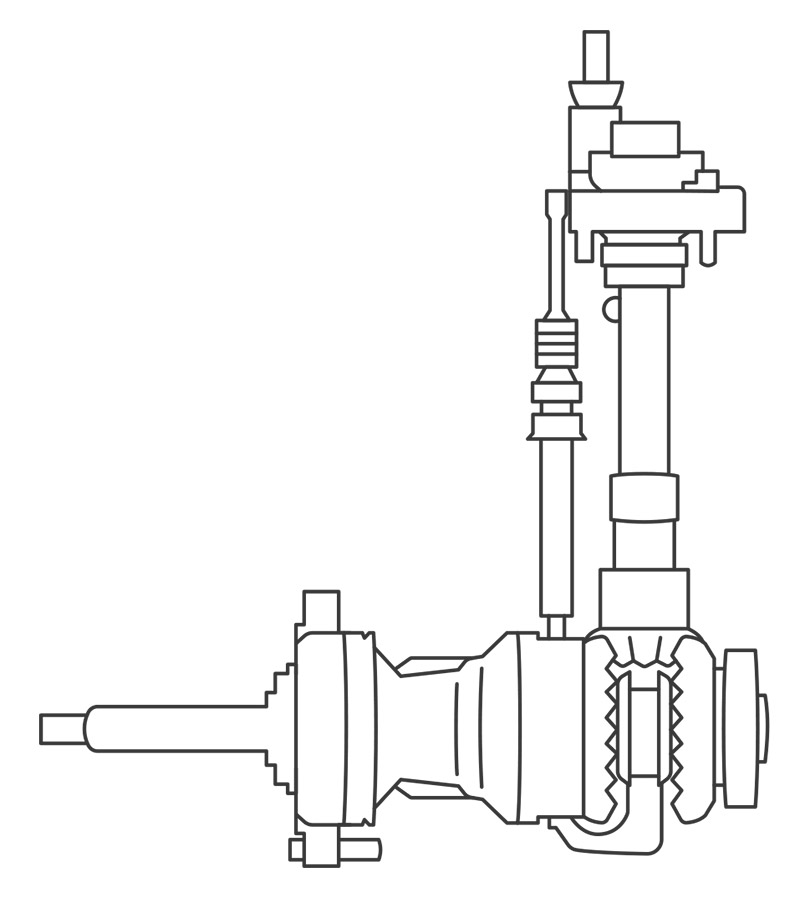
Deep Gear Ratio
Lower gear ratio of 2.07:1.
Greater torque at low revs.
Reduced loss of power.
Economical operation.
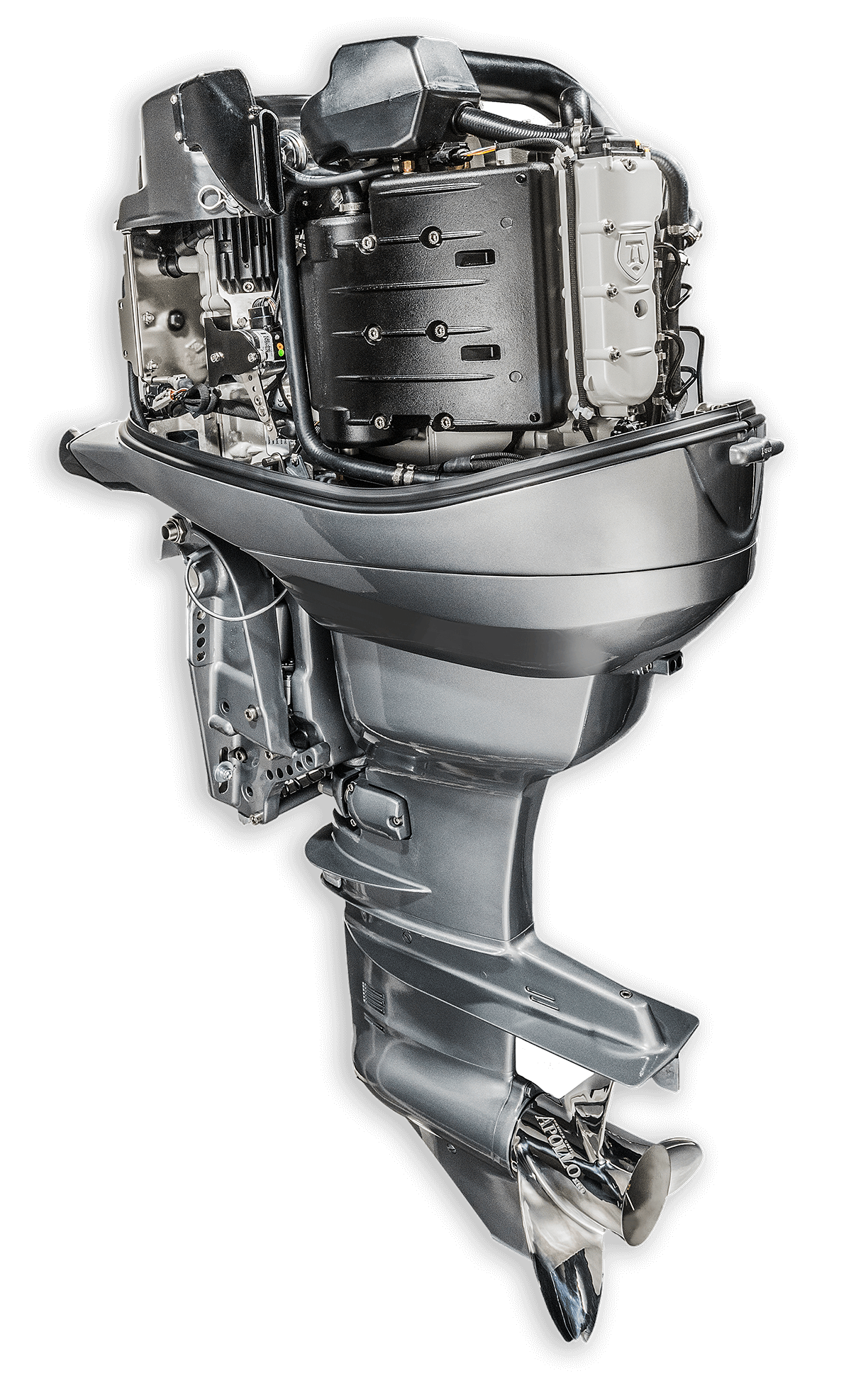
Bosch Common Rail Fuel System

Bosch Common Rail Fuel System
Accurate and repeatable fuel quantity injection.
Delivers greater power and efficiency.
Minimises noise, vibration and smoke.
Spaceball Technology
Designed for Smoothness
Two of the key innovations of the Neander Dtorque 50 are the Dual Crankshaft and revolutionary Spaceball Design. By generating opposing forces, the Dual Crankshaft eliminates almost all vibrations and oscillations that would otherwise arise on the control axis, which would make it difficult to use such a small and powerful two-cylinder diesel engine. The advantages for the user are obvious: reduced noise, vibration and odour and greatly improved manouverability.
Full Technical Specifications
Power
36,8 kW/50 hp at 3.500 – 4.000 min-1
Max. Torque
111 Nm at 2250 – 3000 min-1
Engine Type
Turbo-charged parallel twin diesel engine
Balance
Dual counter-rotating crankshafts
Swept Volume
804 ccm
Bore x Stroke
80 x 80 mm
No. Cylinders
2 In-Line, twin
Intake
Water cooled turbo charger and charge air cooling
Lubrication
Pressure lubrication (engine oil Shell Rimula R6 M 10W-40, ACEA specification: E7, E4; at ambient temperatures of < 0 C: Shell Rimula R6 ME 5W-30, ACEA specification: E4, Chevron TX Delo 400 XLE 10W30, Filling quantity max. 6,5 litres)
Fuel
Diesel (Low Sulfur)
Injection
Bosch common rail direct injection
Starting
Electric
Alternator
Standard 12 V/300 W
Cooling
Neander Active Thermo-Management System (ATMS)
Exhaust
Integrated underwater thru-hub propeller
Steering
Tiller / remote control, optional
Suspension
Silent block controlled compression and traction
Trim
Power trim
Shift
Mechanical – dog-clutch gearing
Transmission
Ratio 13/27 (2.07:1)
Available Shaft
Versions 20″ (L) and 25″ (XL)
Standard Propeller Type
3-blade with built in damper
Weight
185kg (dry)
Performance data
 Filters
Filters
Application
- Fish Farms
- In-Harbour
- Military & Governmental
- Oil & Gas
- Rescue Boats
- SOLAS
- Superyacht Tenders
- Other
Boat Type
- Aluminium
- Catamaran
- HDPE
- Life Raft
- RIB

